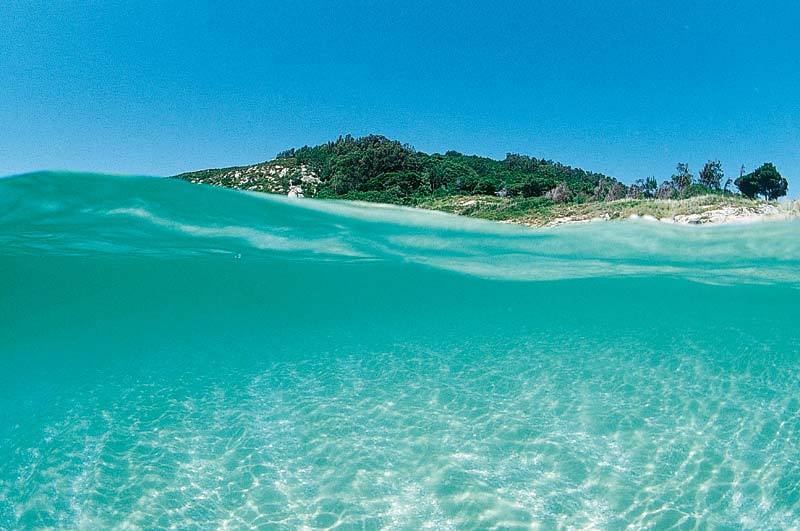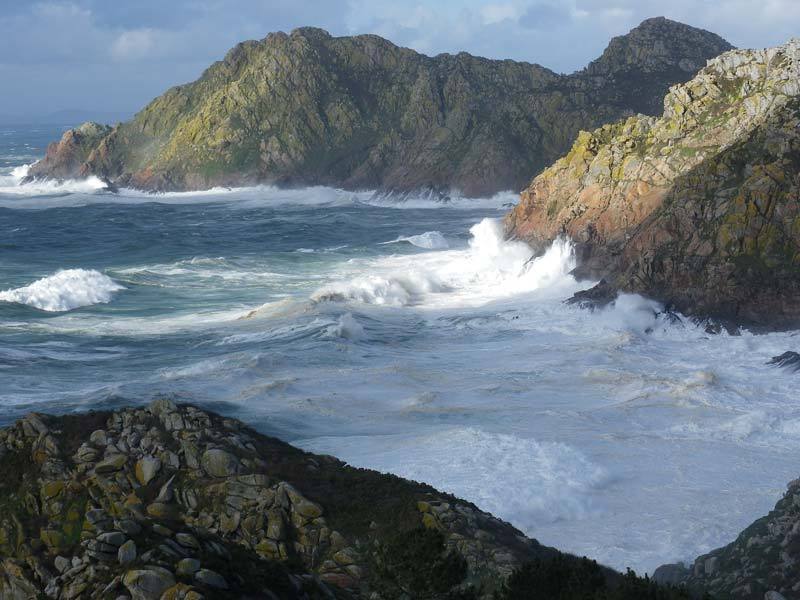They´re oscillatory movements of oceanic waters which produce alternatively a rise (high tide) and a fall (low tide) in the sea level. The Moon and the Sun´s gravitational attraction over the Earth affects the masses of water situated in the side of the planet closest to it . So, the ocean is caused to bulge and a huge wave is originated, its crest is the high tide and its bottom part is the low tide.
Both tides alternate every 6 hours and 12 minutes, two high tides and two low tides daily. The tidal range is 4 meters with some time variation because of the position of the Earth, the Sun and the Moon. When the three of them are arranged in a line in the proximities (full moon and new moon) the sun and the moon´s attraction forces are joined appearing wider tides with higher high tides and lower low tides, “spring tides”.
When the moon is in its first and fourth quarter, stars stand at a 90 degree angle and the Sun´s gravitational force counteracts the moon´s very limited tides appear (neap tides).
Tidal variations of water level have a lot of importance because of the flows produced when the tide is starting to rise to the coast and the other way round. Tides are a transport element and an erosive shaping agent of the coast.
These fluctuations have importance regarding to coastal organisms adapted to the drastic change in their living conditions every six hours.


